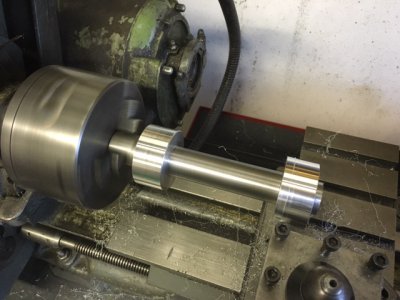- Joined
- Dec 20, 2012
- Messages
- 9,422
Thanks, Mac. Yeah, Connelly is a well-known authority on machine tools and I'm not about to contradict him. As Bob is saying above and I in my former post, if it is possible to bring the headstock into alignment then a lathe that turns convex may not be a worthless reject.

